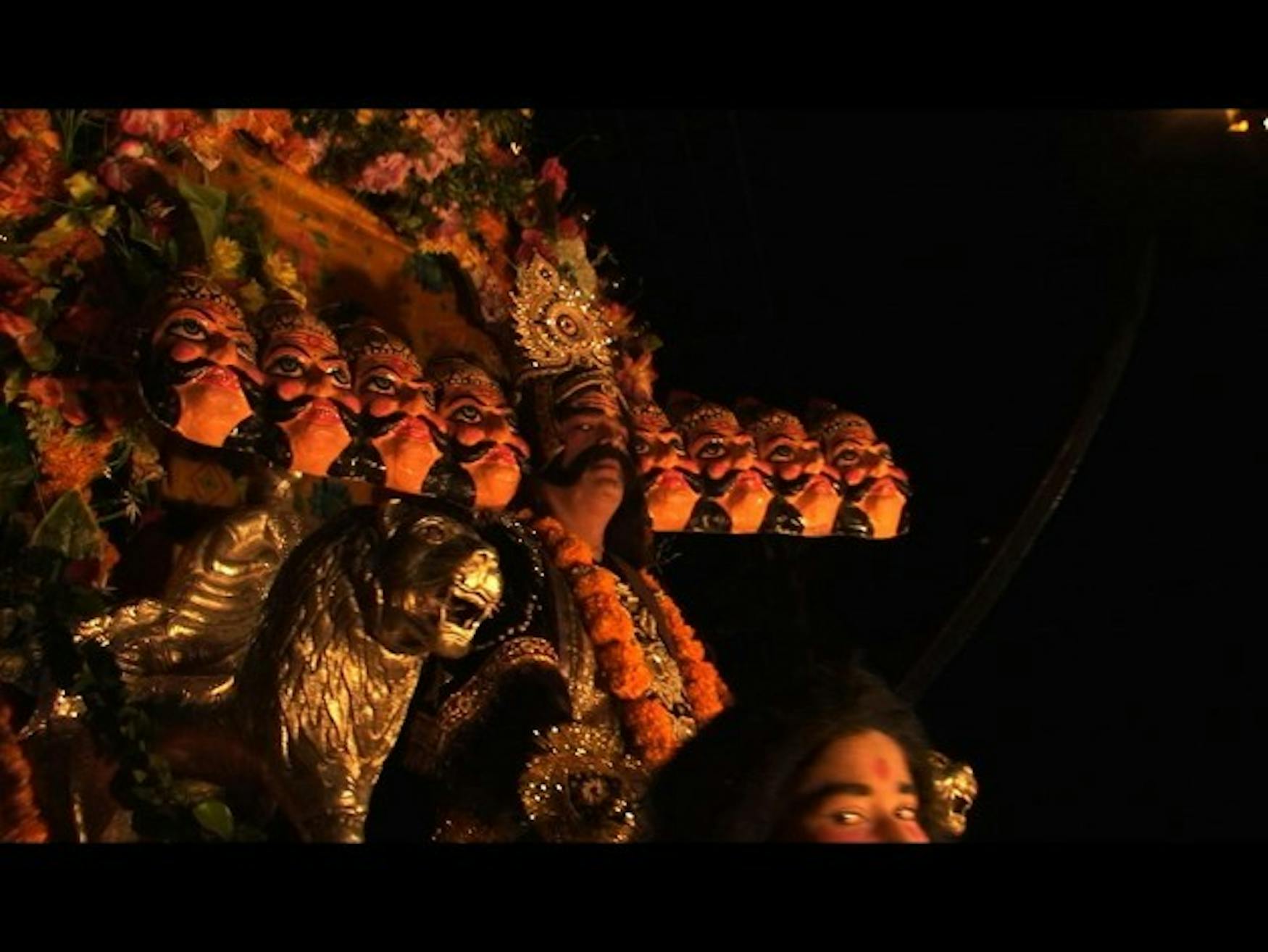Documentary examines copyright law in India
You would be hard-pressed to find a college student who hasn't streamed, downloaded or shared a file from an illegal source. So it only seemed appropriate that the South Asian Studies Program and the International Center for Ethics, Justice and Public Life sponsored a screening of renowned Indian filmmaker Paromita Vohra's latest documentary with themes of ethics and media, Partners in Crime, on Friday afternoon in the Mandel Center for the Humanities.
Partners in Crime is about love of art, the market and how they relate in India. Vhora describes it as an attempt "to make sense of the new media space we live in." She does this through many different stories and narrators, ranging from a young film buff who torrents movies and shares them with his family, to traditional musicians who have discovered that a major label has copyrighted a song they have been performing for years, to media moguls and anti-piracy advocates who equate piracy with organized crime and even terrorism.
There are no easy answers in Vohra's film, and that is the point. The enjoyment of art is universal, as is the love and need for money, and the relationship between the two is only made more complicated as the film progresses. Many issues, such as the conflict between originality and access, the fine line between inspiration and plagiarism, democratization of media and ideas of who actually has the rights to art, are examined and analyzed through the various interviews Vohra partakes in.
Prof. Jonathan Shapiro Anjaria (ANTH), one of the sponsors of the screening, described the film as "[having] perspective but never [forcing] it on an audience." This statement certainly applies to Partners in Crime. While Vohra takes a clear stand against the obsessive copyright movement and the inability for artists to get royalties from their own work, she does interview an array of artists, producers and pirates to get a full view of the issue.
Two aspects of Partners in Crime make it an especially unique film. The first is the mix of media and narration styles. Vohra uses the more traditional interview for much of the film, but she also incorporates animated segments reminiscent of School House Rock that explain copyright law in India, movie clips from a variety of Indian films and TV shows and a diverse soundtrack ranging from heavy metal to traditional Bollywood. The soundtrack alone is reason to see the film.
The varying perspectives in the film truly stood out to me. Instead of just interviewing pirates and executives, Vohra interviews artists, some who do benefit greatly from increased copyright law and some who do not. Each artist, be it a rock singer, a traditional actor or a puppet theater troupe, brings their own unique perspective to the issues presented in the film and their own struggles with getting fair royalties from producers and advertisers. However, regardless of genre, popularity or income level, the artists do share a common concern that it is next to impossible to put a price tag on what they make. Near the end of the film, a struggling composer who had a jingle stolen by a popular advertising company describes the purpose of copyright law to "protect the weak" from exploitation and plagiarism. If that is the true definition of copyright law, than the Indian law and government have failed in helping small artists protect their ideas.
There are no simple answers in Partners in Crime and if a viewer goes in expecting such, they will surely be disappointed. But this, in my opinion, is the film's greatest strength. Because there is not a simple answer about the role that property law, creativity and capitalism ought to play in art, anyone can leave the movie with their own ideas and their own interpretations and not with a forced notion of how the market and media should interact.



Please note All comments are eligible for publication in The Justice.